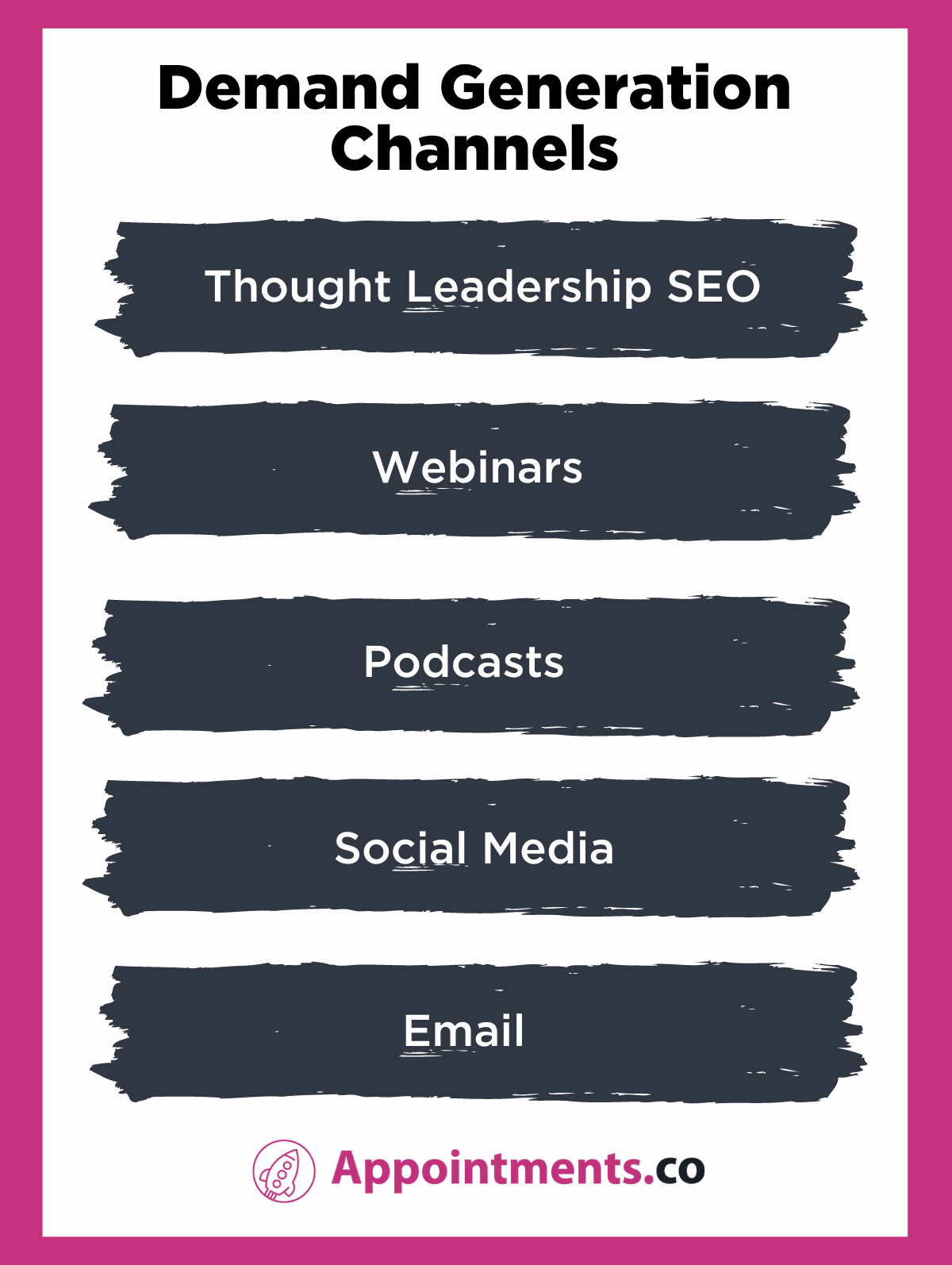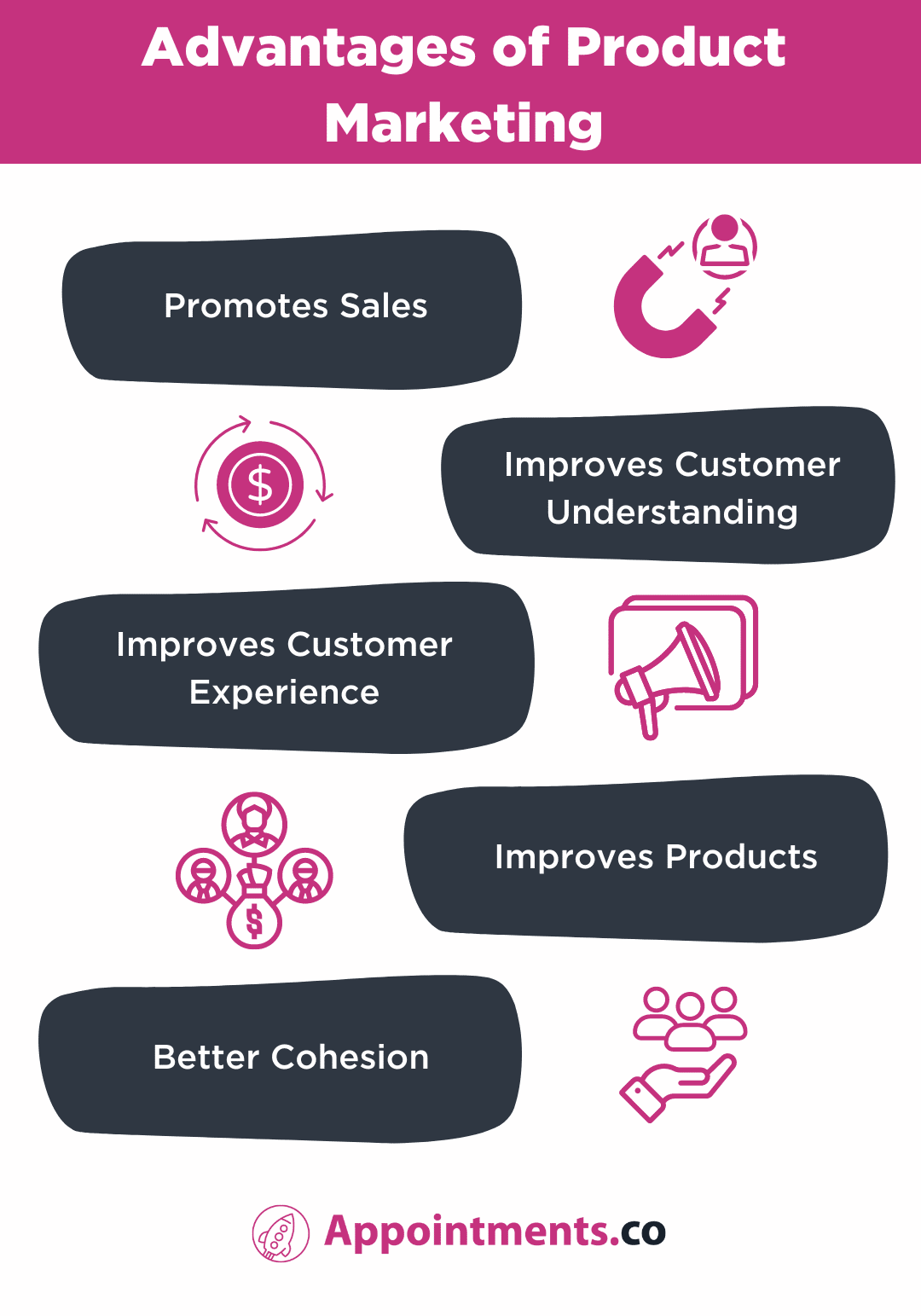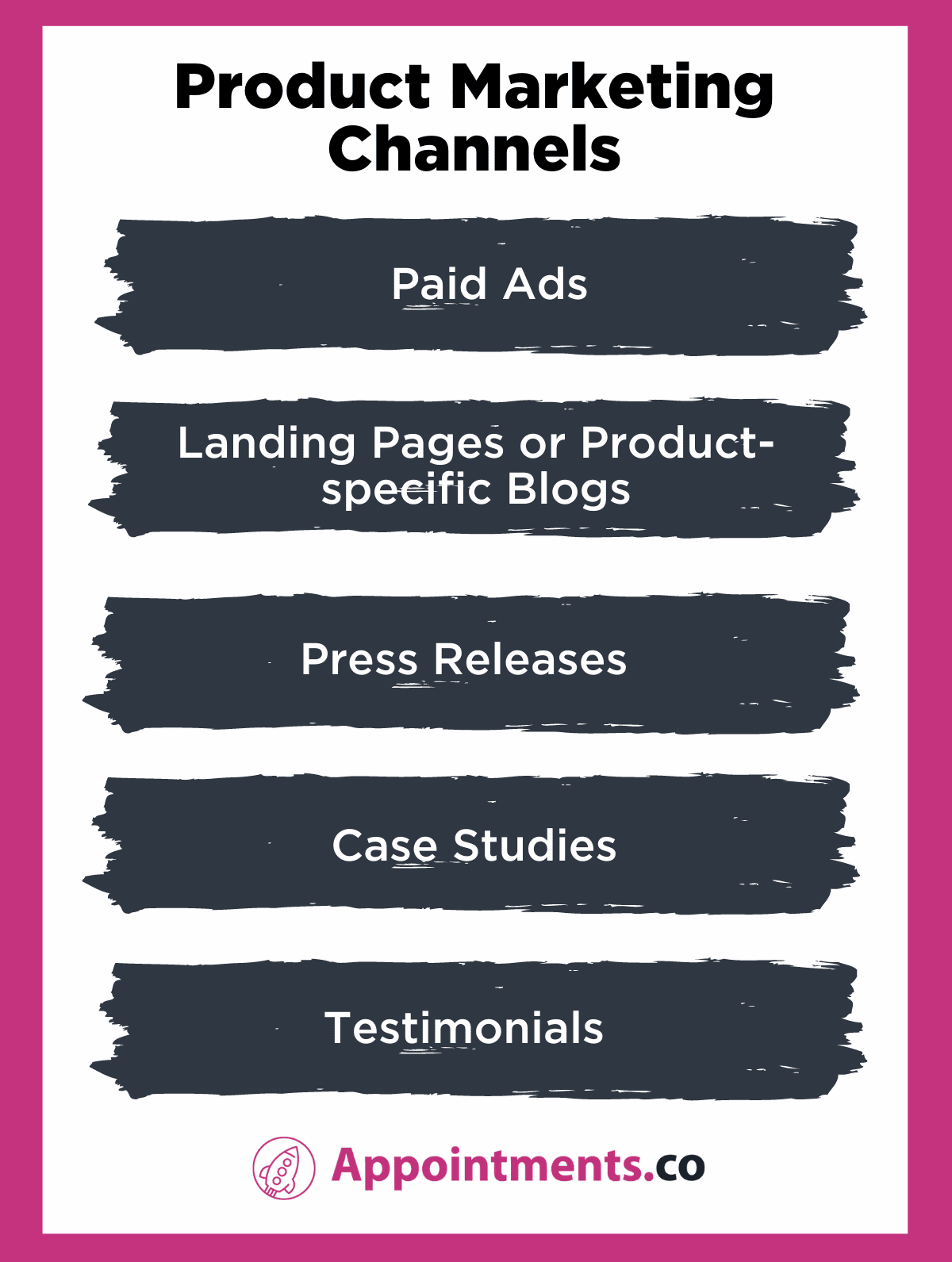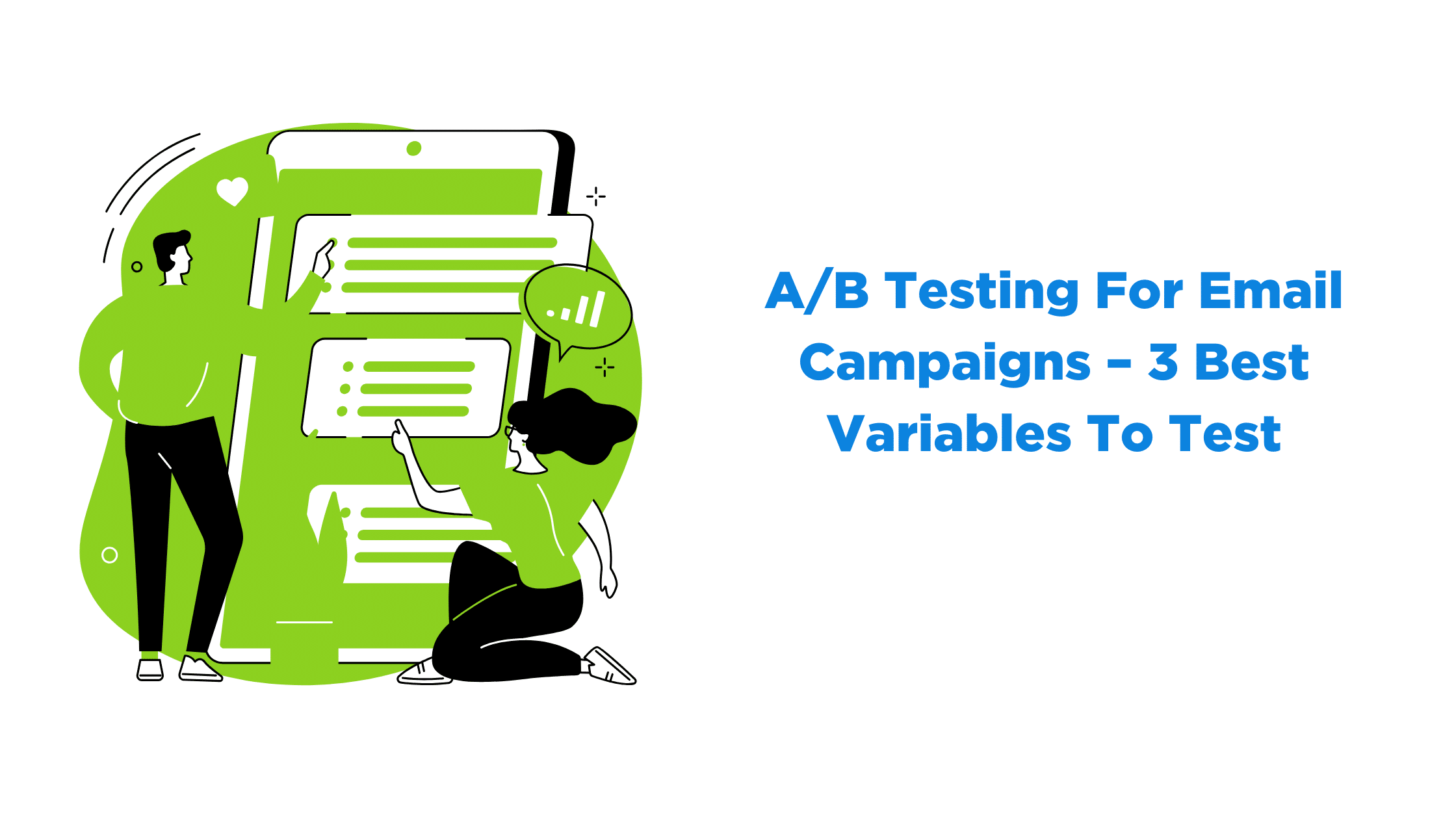Are demand generation and product marketing the same? These two marketing techniques capture leads, boost conversions, and promote sales. Does that mean they are the same?
The end goal of these two marketing strategies is to attract the targeted audience and convert them into paying customers. The approach, methods, efficiency, and results vary with different techniques, which we will uncover below.
This post will discuss the definition, advantages, distribution channels, and key differences between product marketing vs demand generation. So, without any further ado, let’s get started!
Table of Contents
- What Is Demand Generation?
- Advantages of Demand Generation
- Demand Generation Channels
- What Is Product Marketing?
- Advantages of Product Marketing
- Product Marketing Channels
- Product Marketing vs Demand Generation – Key Differences
- Frequently Asked Questions
- Final Thoughts: Product Marketing vs. Demand Generation – Which Should You Choose?
- Related Reads
What Is Demand Generation?
Demand generation is a popular data-driven marketing technique focusing on building interest and brand awareness to drive quality leads. The marketing messages and tone used in demand generation campaigns sound more authoritative and carry more weight to push prospective customers down the funnel.
Moreover, demand generation drives the target audience and prospects to attend your events, engage with your quality content, and connect on social platforms. This results in keeping your brand top of mind. And demand generation marketing doesn’t end once the prospect enters the sales funnel. It continues throughout the customer’s lifecycle.
Advantages of Demand Generation

1. Improved Lead Quality
Demand generation helps you increase the number of leads and improves the quality of the leads you generate. As the inbound content techniques are more targeted, more relevant visitors and prospects visit your website or blog. This results in better lead quality, driving more sales and revenue for your business.
2. Higher Return on Investment (ROI)
This long-term marketing strategy can result in a higher ROI when done correctly. As it aims to increase qualified leads, you can use the sales & marketing revenue efficiently to maximize the returns.
3. Increase Brand Awareness
Establishing your brand name and identity in this competitive digital marketplace is crucial for attracting consumers. With demand-generation content that focuses on awakening the audience’s interest, your online presence starts to get solidified, and you gradually position yourself as an authority in the industry.
4. Reduce Customer Acquisition Cost
The cost of acquiring new customers is considerably reduced, allowing you to use your resources. The long-term process mainly works on inbound organic marketing techniques; hence, fewer steps and less cost are involved in convincing the prospects to buy from your brand.
5. Boost Customer Retention
As we mentioned in the definition, demand generation carries throughout the customer lifecycle. So, the strategies help you deliver the importance and value of your products and services in consumers’ lives. This eventually leads to customer retention, and the chances of getting referrals are higher when customers return for your good services.
Demand Generation Channels

Demand generation mainly focuses on inbound marketing channels, similar to content marketing channels. However, the content varies as you want to create demand and brand awareness with your campaigns. Let us look at the popular demand generation channels marketers often use.
1. Thought Leadership SEO
Thought leadership is top-of-funnel content curated to position your brand as an industry expert; when combined with SEO, you can achieve a high ranking on competitive keywords while building trust with your audience and search engines. This is informative content in the form of blog posts and well-organized guides with images, infographics, and videos. Such content is also rewarded by Google’s algorithm and can be repackaged on other platforms to make your work relatively easier.
2. Webinars
Online webinars provide a great opportunity and the digital space to engage directly with your target audience. You can either choose a topic that educates the prospects about your brand or a topic that the audience cares about. The webinars do not focus on an hour-long sales pitch but instead, tend to deliver valuable guidance to the audience.
3. Podcasts
The best part about this channel is it just requires your prospects’ attention, as they can listen to the podcast while doing other work. This allows you to capture the audience’s attention while conveying your message. While the leads might not come directly through podcasts, it is a perfect content distribution channel to boost your brand’s presence and awareness.
4. Social Media
There are both organic and paid approaches when it comes to social distribution. You can build your brand image by maintaining a constant stream of high-quality content on your social media pages. You can post polls, surveys, Q&A sessions, and more to interact and connect with your audience. The best way to bring your audience from social media to your website is by sharing snippets from your top-performing blog posts in the form of social media posts. This should pique their interest and redirect traffic to your site.
5. Email
Email campaigns are always evergreen and effective because everyone regularly scrolls their inboxes to find something useful. The click-through rates of emails are often less, and hence, your email content should stand out. You must deliver valuable content based on your subscribers’ preferences, interests, and behavior. It is one of the few channels you can use to interact with your prospects and customers. You can use it to push the prospects down the sales funnel by creating demand and utilizing email marketing to retain customers.
What Is Product Marketing?
Product marketing is advertising a brand’s products to boost traffic and sales. Product marketing is about telling the audience about your unique selling points and showing them how your product is better than competing products.
Some product marketing forms are PPC, press releases, reviewers, television ads, print ads, and product demonstration events or webinars. It involves promoting the benefits and features of the product to boost sales.
Advantages of Product Marketing

1. Promotes Sales
Product marketing helps you understand your target audience and boosts sales by creating product-oriented ads. This enables businesses to attract customers looking for similar products easily. This can lead to improved conversions and increase your revenue.
2. Improves Customer Understanding
A detailed understanding of the customers is necessary for any marketing venture. The product, sales, and marketing teams will all have their own data, and all the insights can help you get a comprehensive view of who your audience is, what they want, and why they want it. This information is valuable to help you shape your strategies.
3. Improves Customer Experience
Product marketing allows you to utilize the customer’s pain points and turn them into selling points for product promotions. This way, you can figure out your ideal buyer, and potential customers can find your product as the right solution to their problems, thereby improving the overall customer experience.
4. Improves Products
Having a highly optimized product can help you generate more sales or purchases. Product marketing enables you to optimize your product features and user experience and helps you analyze what users want in a product. You can, thereby, shape your products in a way that will bring in more conversions.
5. Better Cohesion
Product marketers and sales teams need to be on the same page for better results. Product marketing brings both of these teams together and works towards a shared goal. Everything is cleared out regarding what they need to sell and how they can work collaboratively to reach the target, removing the barriers between teams.
Product Marketing Channels

Choosing the right channel to promote their product is critical for every business. If a company can find a channel that gives them an edge over its competitors, it can expand its customer base and revenues more quickly. The challenge is identifying and leveraging the right channel to boost your marketing efforts. Regarding product marketing channels, you can market your products in many ways. Some of them are listed below:
1. Paid Ads
Paid ads are done on search engines and social media and are one of the most preferred and frequently used product marketing techniques to promote products and services. These work per-click and the ads are displayed alongside relevant content to your target audience.
2. Landing Pages or Product-specific Blogs
Businesses today have dedicated landing pages and blog posts that showcase their unique features, benefits, and use cases and compare their products with others. Having highly optimized landing pages increases your conversions. You can embed product images and videos and illustrate the demo of how your products work.
3. Press Releases
Press releases maximize your recognition and reputation. Press releases are used to announce new products, features, and updates. You can also collaborate to increase prospects’ and customers’ awareness and news about your products. They are also much more affordable compared to other advertising services.
4. Case Studies
According to a Hubspot report, case studies are one of the primary forms of media used. Case studies act as social proof for customers willing to take action by opting for your product. It showcases to other customers how your products can solve specific problems and increases credibility.
5. Testimonials
Buyers read reviews before purchasing, so adding top reviews of your products on the website and product pages improve their credibility and trustworthiness. It helps you build a community of loyal customers. Buyers prefer to read reviews before making a purchase, and you can pin the top reviews of your products on product pages.
Product Marketing vs Demand Generation – Key Differences
Product marketing relies primarily on paid advertising to elaborate on the product experience and facilitate the conversion of prospects to customers.
While demand generation involves engaging your target audience to generate interest in the products and services you offer. This marketing strategy predominantly works to generate leads.
Also, product marketing uses product experiences to convert prospects to consumers. But demand generation is all about making sure your marketing turns into revenue. Without demand generation, you cannot improve brand awareness or generate customers’ interest in your product. Demand generation teams work on facilitating product demand and process sales leads to the SDRs to convert as purchases.
Frequently Asked Questions
1. What is the role of product marketing?
Product marketing is about spreading a product’s value to potential customers to ensure that the product is positioned correctly in the market.
2. What are the key responsibilities of product marketing?
Key responsibilities of product marketing mainly include market research, competitor analysis, digital messaging, pricing strategy, product positioning, and product launches.
3. What is demand generation?
Demand generation is a technique that focuses on creating demand for a product or service through different effective marketing tactics.
4. What are the goals of demand generation?
Demand generation goals include generating leads, increasing brand awareness, and driving revenue growth.
5. What are some common demand-generation tactics?
Some common demand-generation techniques include content marketing, email marketing, social media advertising, events, and search engine optimization.
6. What is the key difference between product marketing vs. demand generation?
Product marketing and demand generation are two different but related techniques in digital marketing. The main difference is their primary focus and goals. Product marketing focuses on promoting a specific product in the market, while demand generation focuses on creating demand for that product or service.
Final Thoughts: Product Marketing vs. Demand Generation – Which Should You Choose?
After thoroughly discussing product marketing and demand generation, let us remove the “vs” word from the equation. Both of these techniques need to work together to get better results from a business point of view. Your demand generation team can perform better with the inputs and insights received from product marketers.
When brand awareness and demand for your products and services in the digital space, your product marketing campaigns automatically capture more leads and sales; you don’t need to choose a particular technique. Still, you should develop a system for both of these to work effectively in sync.
However, limited funding and resources might restrict some brands from efficiently executing these strategies. Suppose that is the case with you, and you are looking to strategize product marketing and demand generation strategy to lay down your foundation and establish your brand name to connect with the right buyers. In that case, you can outsource the process. To learn more about this, reach out to us!
Related Posts:
- 10 Demand Generation Metrics You Need to Measure in 2022
- Demand Generation Funnel – 3 Stages You Need to Know
Illustrations by Storyset



